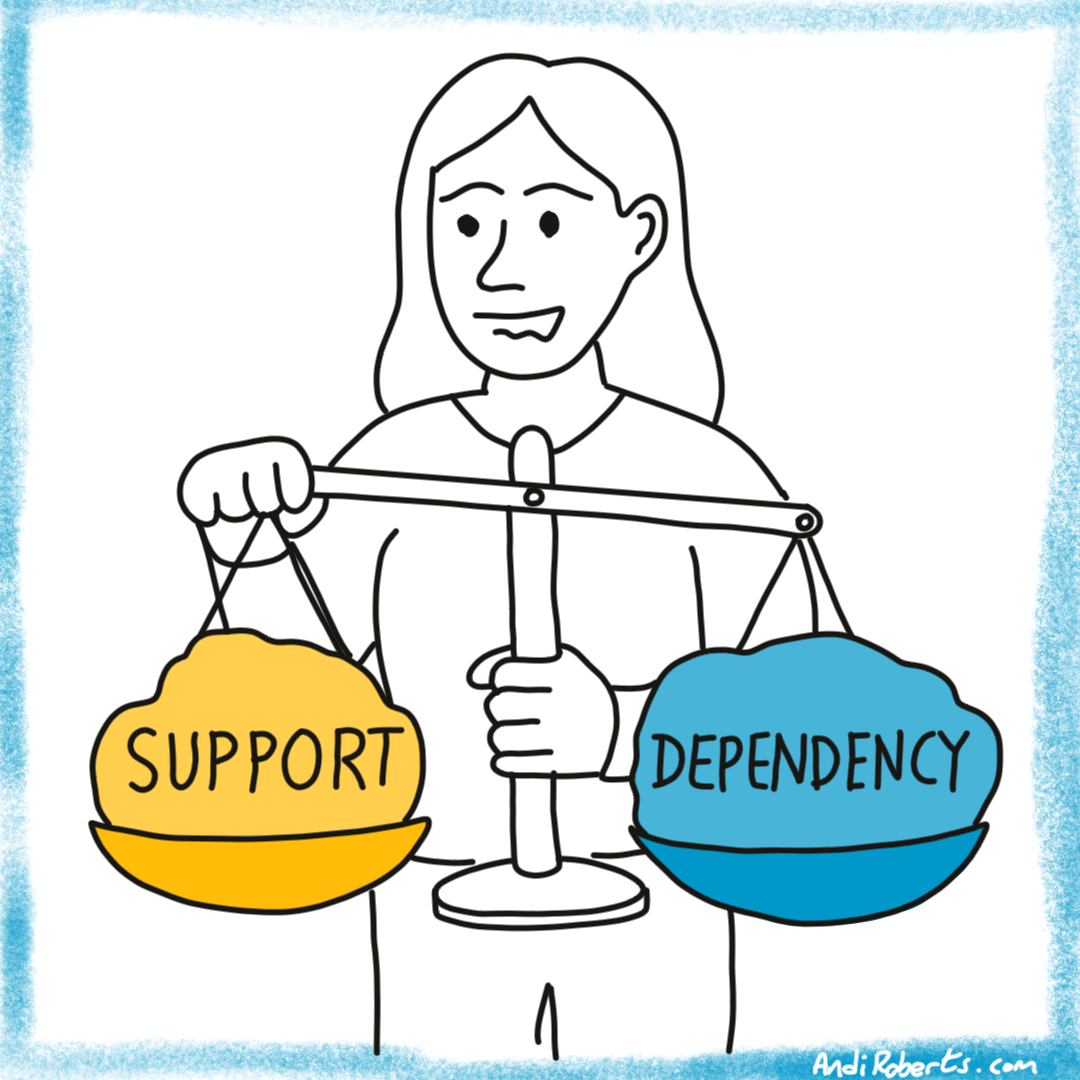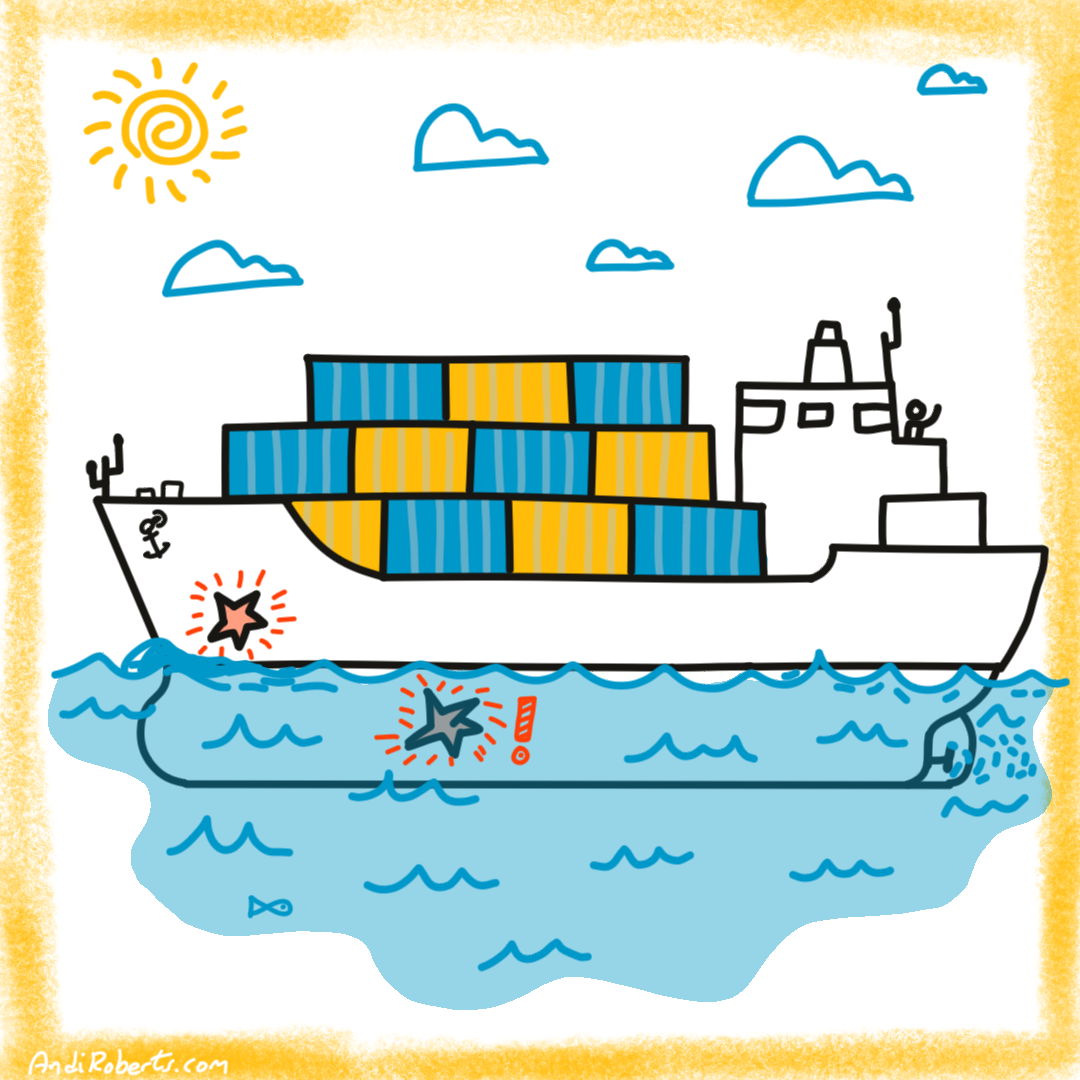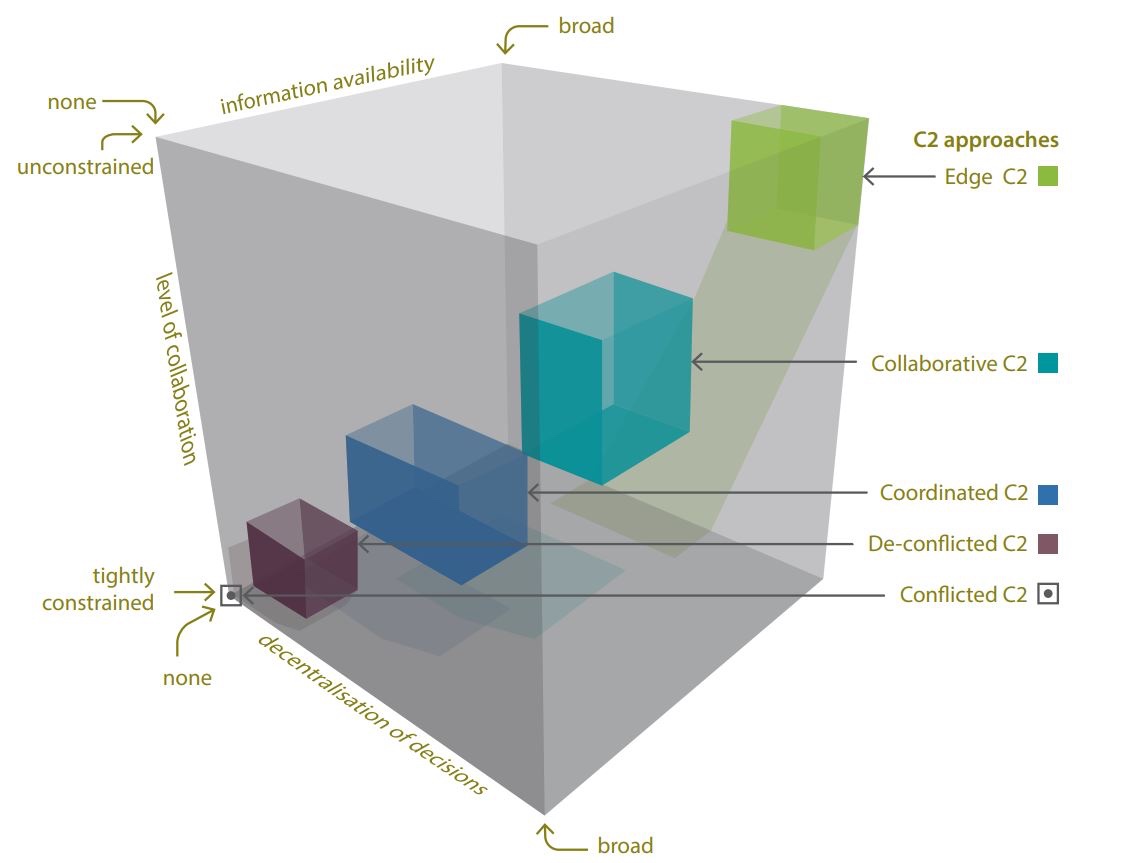How do I decide when both options seem right? (Managing polarities)
Most leadership challenges are not about choosing between right and wrong, but between two versions of right. This article explores how to recognise and manage those recurring tensions, known as polarities, so that leaders can balance control and trust, stability and change, without losing coherence.








